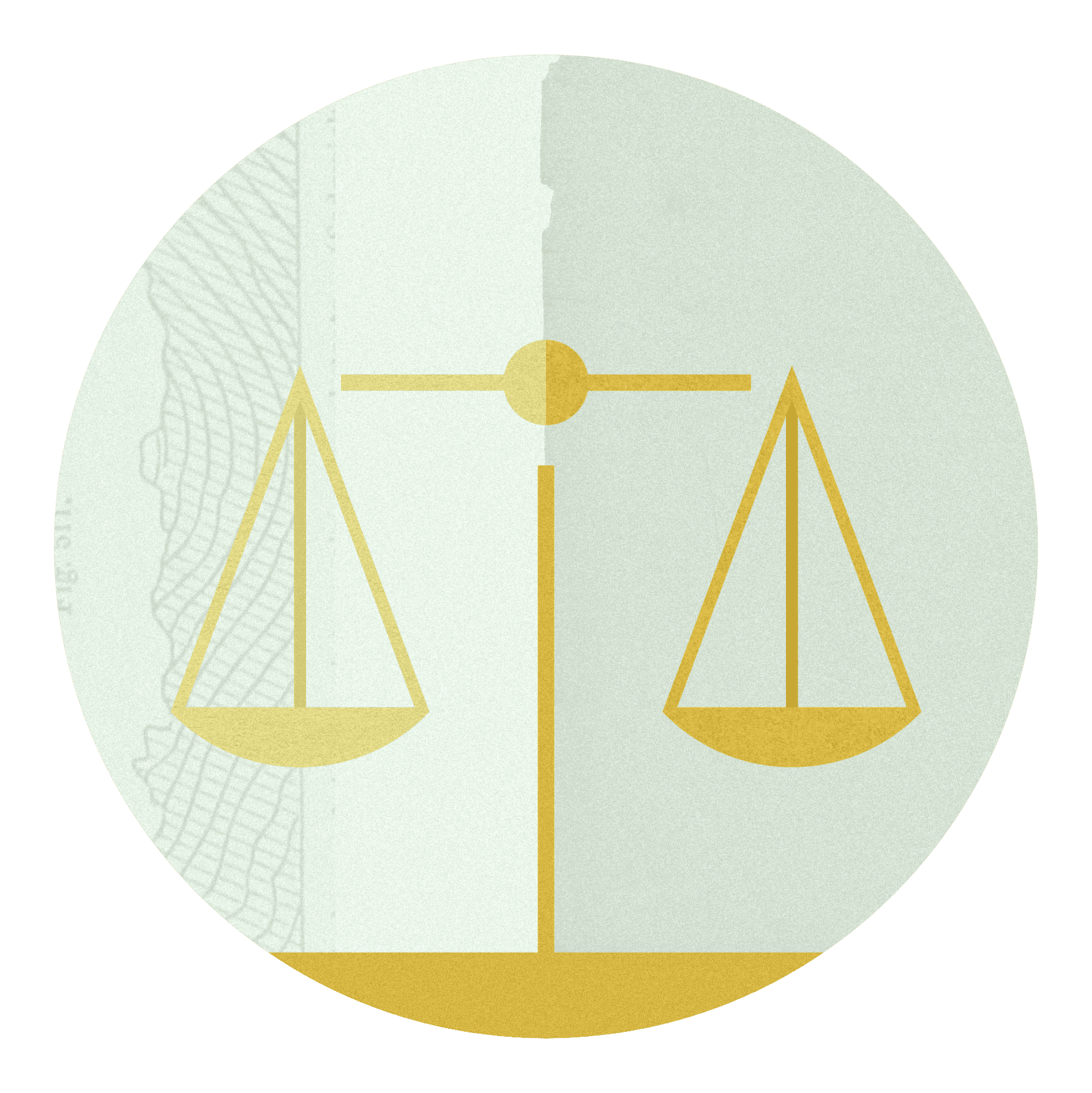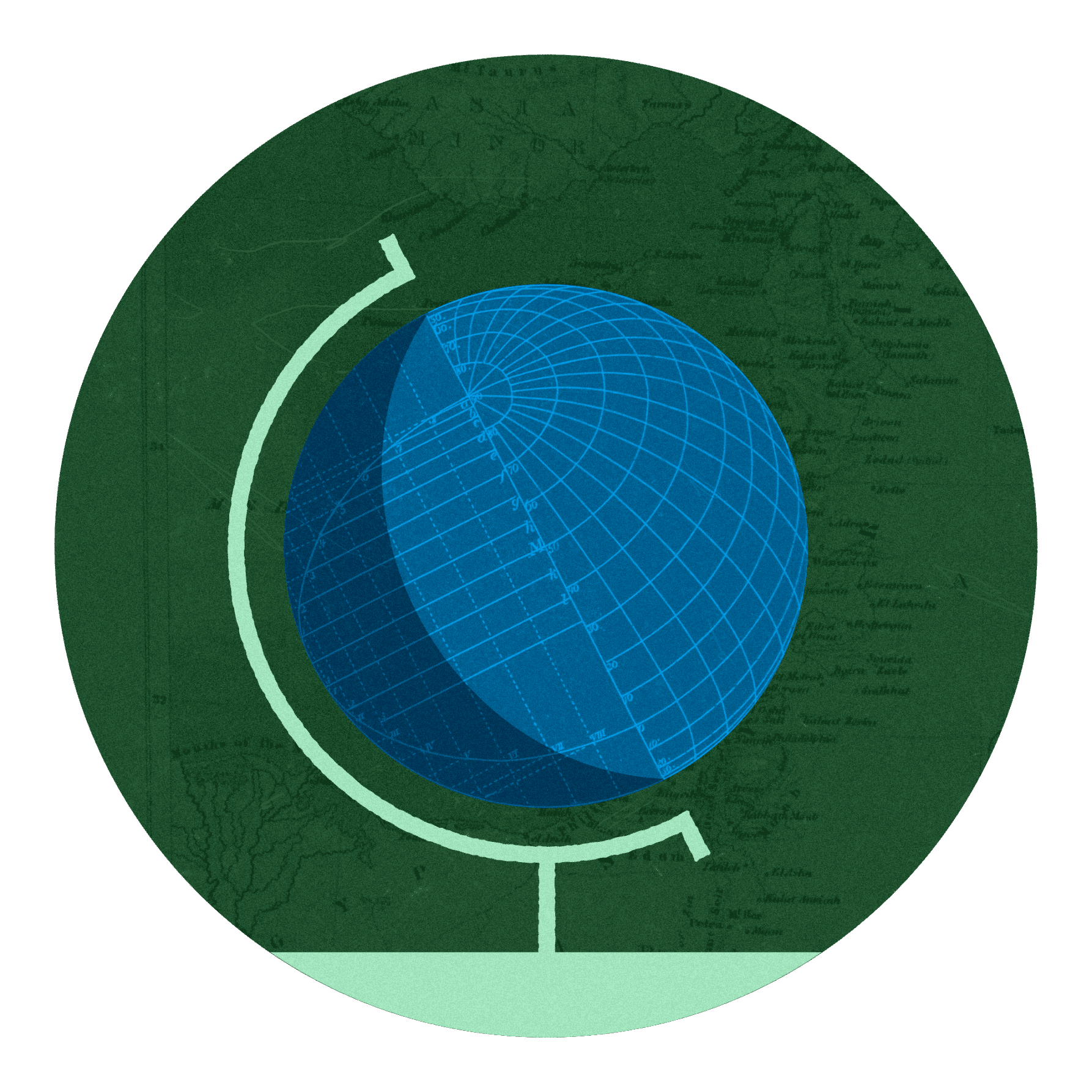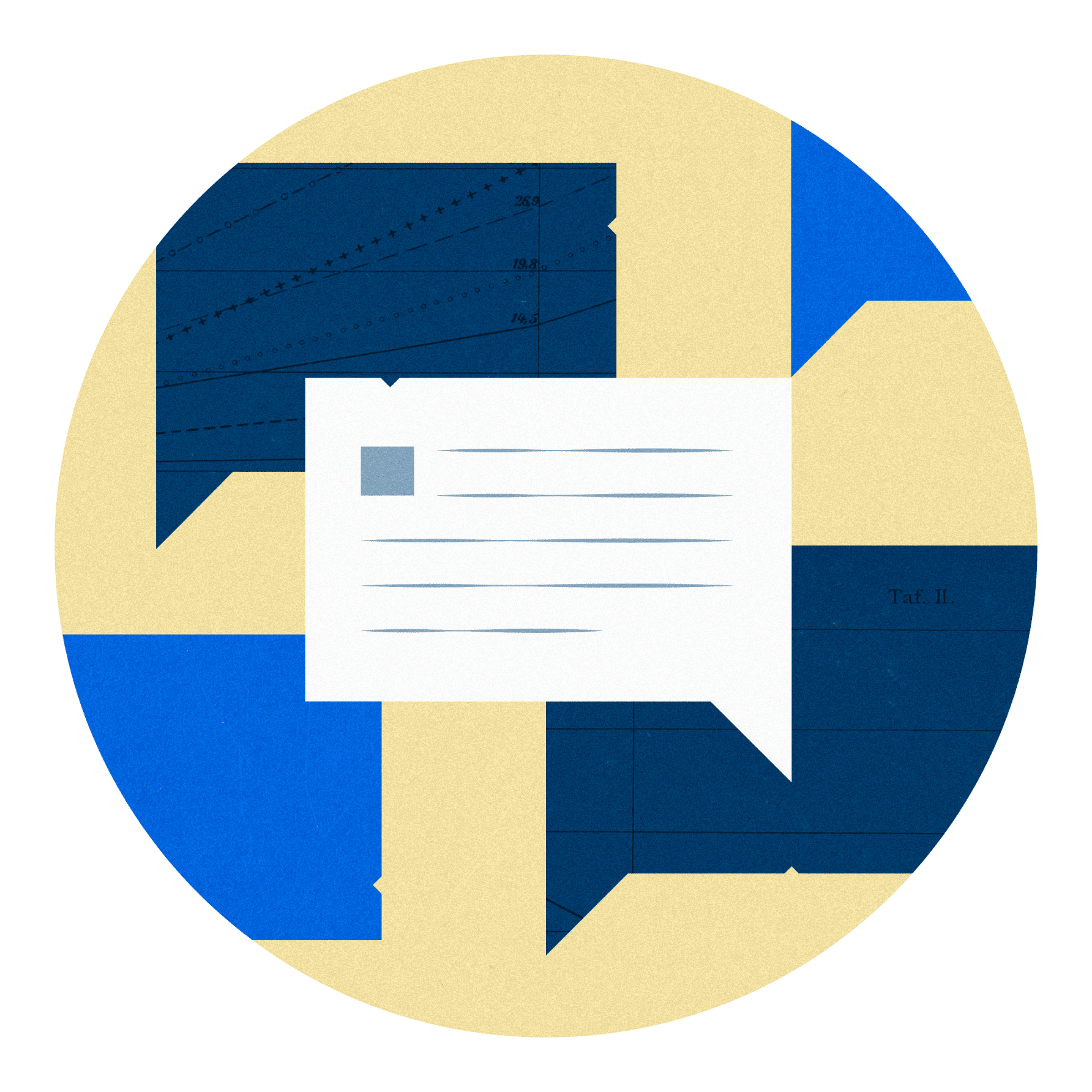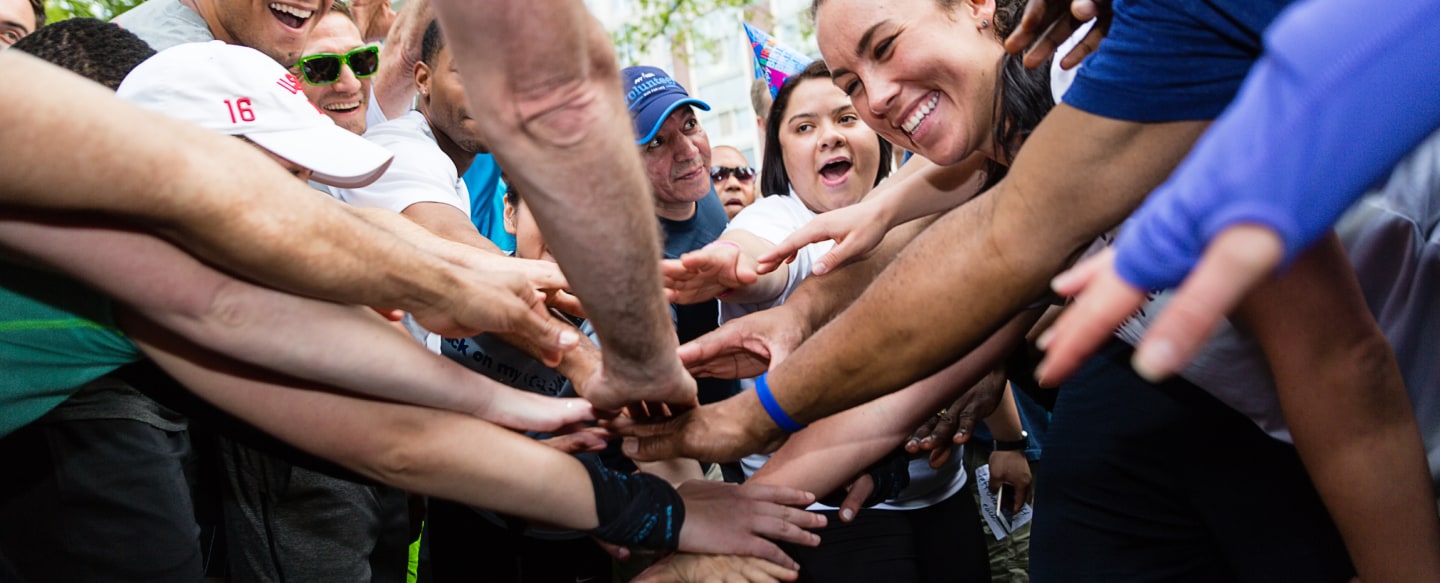With support from CKF, the John S. and James L. Knight Foundation, and New Pluralists, researchers at Dartmouth, Stanford, and the University of Pennsylvania launched the Polarization Research Lab in August 2022 to study the causes, consequences, and solutions to Americans’ growing political animosity. We sat down with the three scholars leading the effort — Sean Westwood, Yph Lelkes, and Shanto Iyengar — to discuss the Lab and how it will make an immediate impact in academia and beyond.
From the tenor of national headlines to the findings of public opinion surveys, Americans have reasons to be concerned about toxic polarization and what it means for the country’s future. What don’t we know about what’s driving these trends, and can academic research play a role in closing that gap?
WESTWOOD: It’s quite surprising how little is known about the origins of political animosity and affective polarization, which is the phenomenon where people have strong positive feelings for their own party and strong negative opinions about the political opposition. Researchers have focused on reducing support for political violence or increasing support for democratic norms without an understanding of where support for political violence or support for antidemocratic behavior comes from. That can be dangerous. It’s like trying to heal the patient after they’re ill, rather than trying to prevent illness.
IYENGAR: The role of political leaders, or elites, is crucial to understanding polarization. The Lab will map elite rhetoric over time to see if, in fact, that translates into increased or decreased levels of polarization in the public.
LELKES: Researchers sometimes posit bottom up explanations for polarization — identity sorting, for example. Then there are top down explanations, including the elite rhetoric Shanto mentioned. We’re trying to understand what matters more and how bottom up and top down factors interact.
What are the Lab’s core objectives?
WESTWOOD: There are three. The first is to get the highest quality data that has ever been collected on American attitudes and, from there, to link those data with real world public events to understand the relationship between the actions of politicians and the attitudes of individuals. The second is to make data available so individuals who are interested in specific aspects of political animosity can develop questions around real data, rather than having to speculate. The third is to present data and research in a way that’s accessible to the public. When it comes to instituting change, we must make sure we’re distributing the data in ways that are understandable to the people who are going to be responsible for instantiating change.
What do you hope will be the implications of your research within and beyond the academy?
WESTWOOD: Resources are finite. Just giving a platform to conduct research where access is wholly determined by scientific merit is transformative because, at the moment, the other options are very restrictive and are able to fund only nine or 10 projects a year. We’re going to be doing multiples of that just on animosity, democratic and social norms, and political violence. The amount of research we’ll be able to support is going to be significant.
We’re also mandating transparency. Anyone who uses our framework must post their data, replication code, and what we call a pre-analysis plan. The data will be verifiable. That’s an important norm we’re setting. Beyond the academy, we’d call ourselves something like academic consultants for community partners. If they have an idea, we have the skills to design validation studies to see if that project is going to have the claimed effect, and if not, we can work with organizations to try to make alterations. All of these things set up a large amount of credible work that will reach beyond the academy.
LELKES: We’ll have a dashboard with aggregated statistics that will reduce redundancies in the system. Lots of people are running Twitter through a sentiment analysis or looking at instability on social media. We’ll bring that information into one place, freeing people’s time to do other interesting things.
IYENGAR: The outreach is distinctive. The fact that we have the dashboard that’s going to be publicly accessible is important. I can see U.S. government high school students using the data to write their term paper, for instance.
Within the confines of academia, I can’t tell you the number of conferences I’ve attended where the focus has been exclusively on how to fix polarization — what is the treatment? But that’s a premature question. To Sean’s point from before, how can you fix something when you don’t understand what’s causing it? What’s distinctive about the Lab is that we’re doing the causal analysis to find out the antecedents and then identifying, based on what we know, the appropriate treatments. Intellectually speaking, that’s a far superior strategy than thrashing around looking for some kind of a solution.
Scientific research takes time to bear out. Do we know enough about the causes and solutions of polarization to give folks tangible tips for addressing it right now?
IYENGAR: There’s already some evidence that if you tone down the rhetoric coming from activists and political leaders, it’s bound to have a dampening effect on public sentiment. But how do you do that when the incentives for folks running for office is to hammer the opponent? Implementing change is going to be difficult, but if we can document that change would make a difference, people might be more likely to recognize action is necessary.
WESTWOOD: Shanto is right. The end goal has to be cooling elite rhetoric. As an individual, however, one way to address polarization is to diversify the media you consume. If you’re a Democrat, you’re probably going to be frustrated if you read Fox News’ political content. But if you read their sports coverage, that’s a way to introduce yourself to other sources. Second, focus on the policies that underly conflict. If you can move from the caricatured rhetoric of cable news to the actual substantive underlying policy, research shows you’re much more likely to come to respect those who have discordant views.
LELKES: A lot of polarization is based on misperception. From either elite rhetoric or from their echo chambers, people have a skewed perception of how extreme the other side is. We need to correct misperceptions. Political elites and media must offer a more nuanced perspective of what the public really thinks rather than painting people as broadly supportive of political violence.
What can we look for next from the Lab?
WESTWOOD: We’re going to start collecting data very quickly. We’ll provide some trend data before the midterm elections and, before the end of the year, we’ll provide meaningful, descriptive statistics on the state of American politics and the state of political animus. And it will be publicly available.
The Charles Koch Foundation supports research on why people reject those who are different, the consequences of those actions, and the efficacy of tools designed to bridge divides. Learn how to partner with us.
This interview has been edited for length and clarity.










